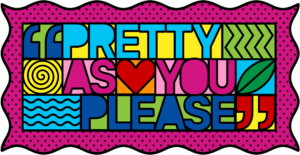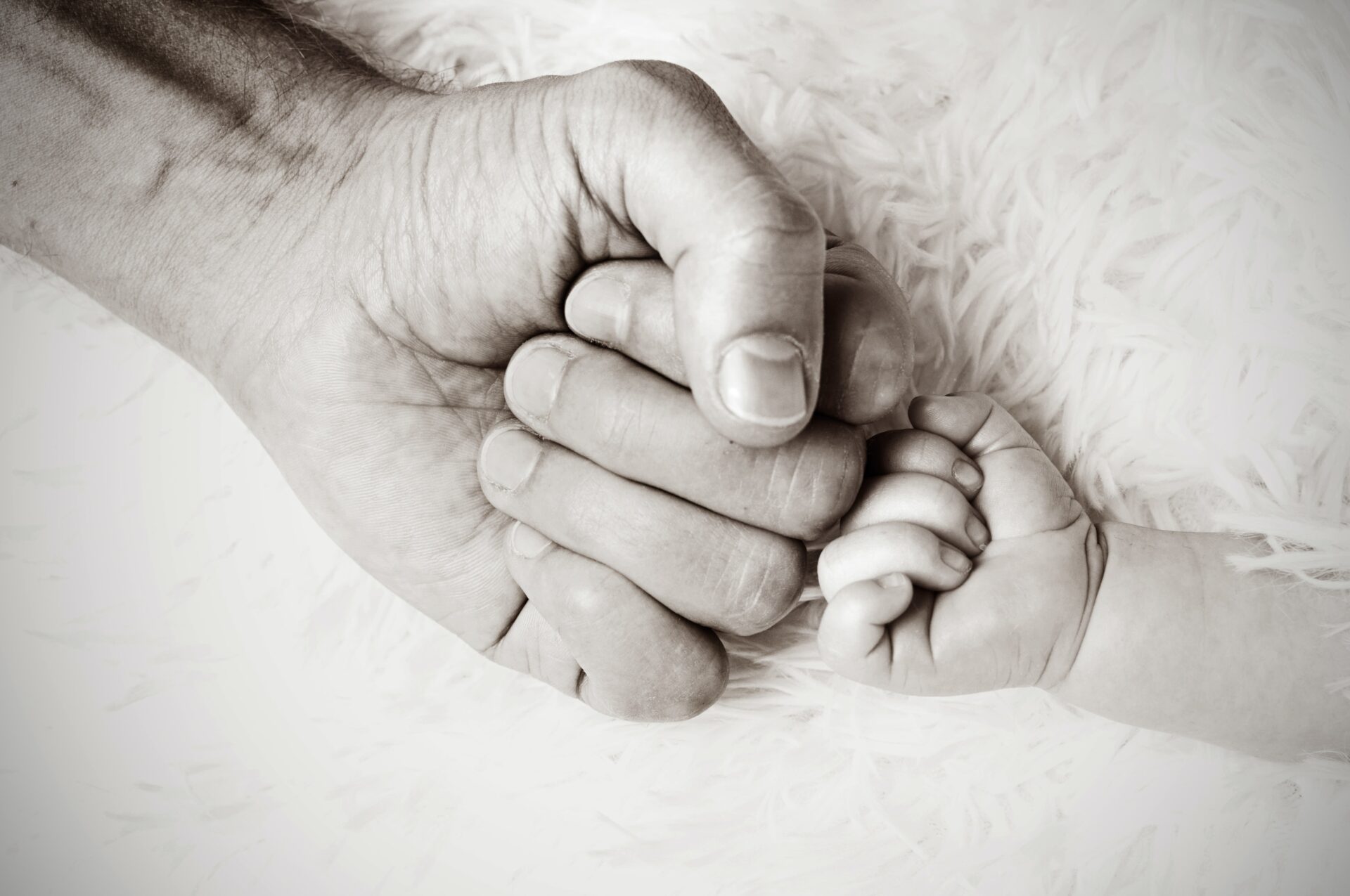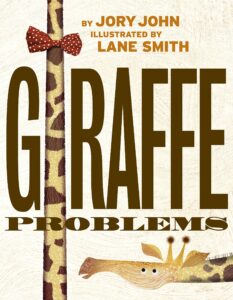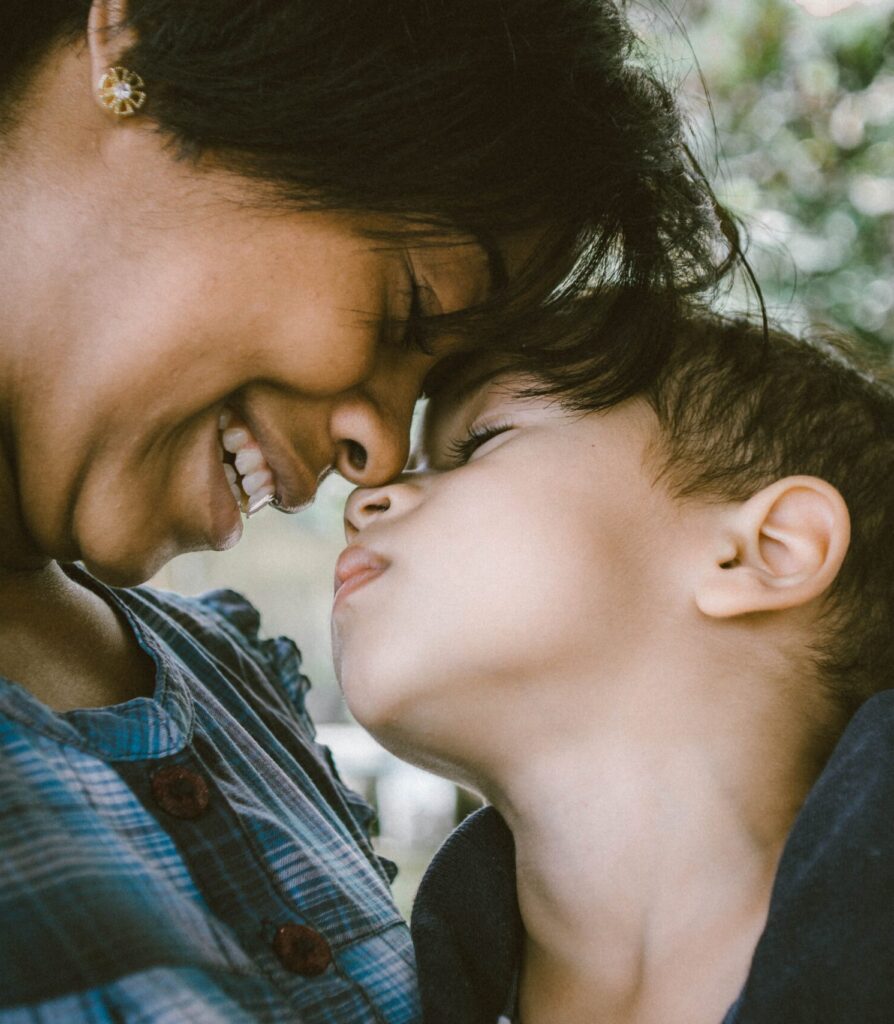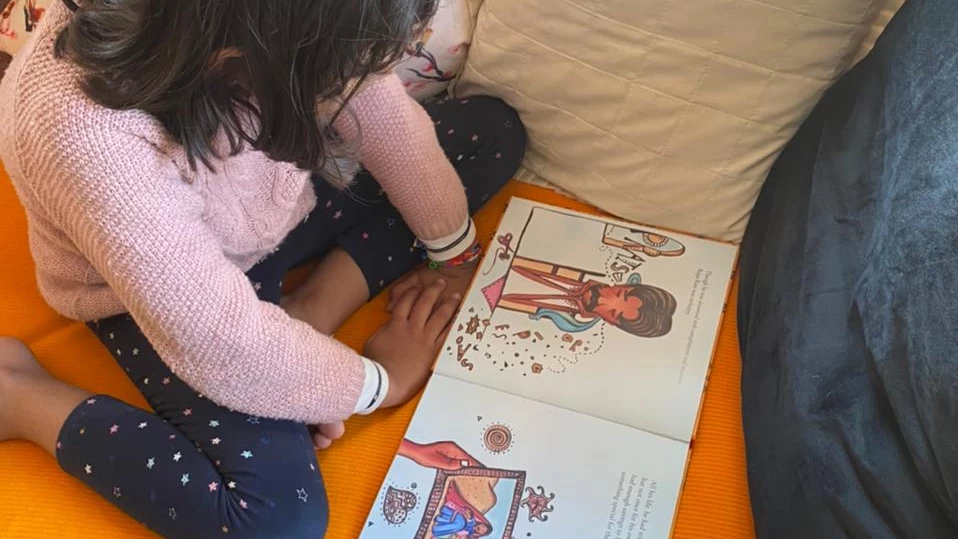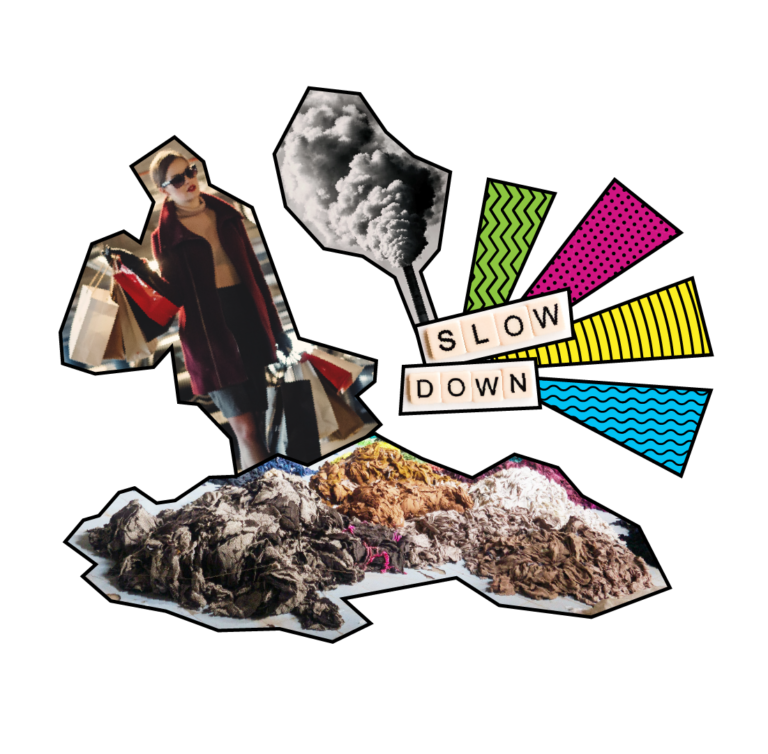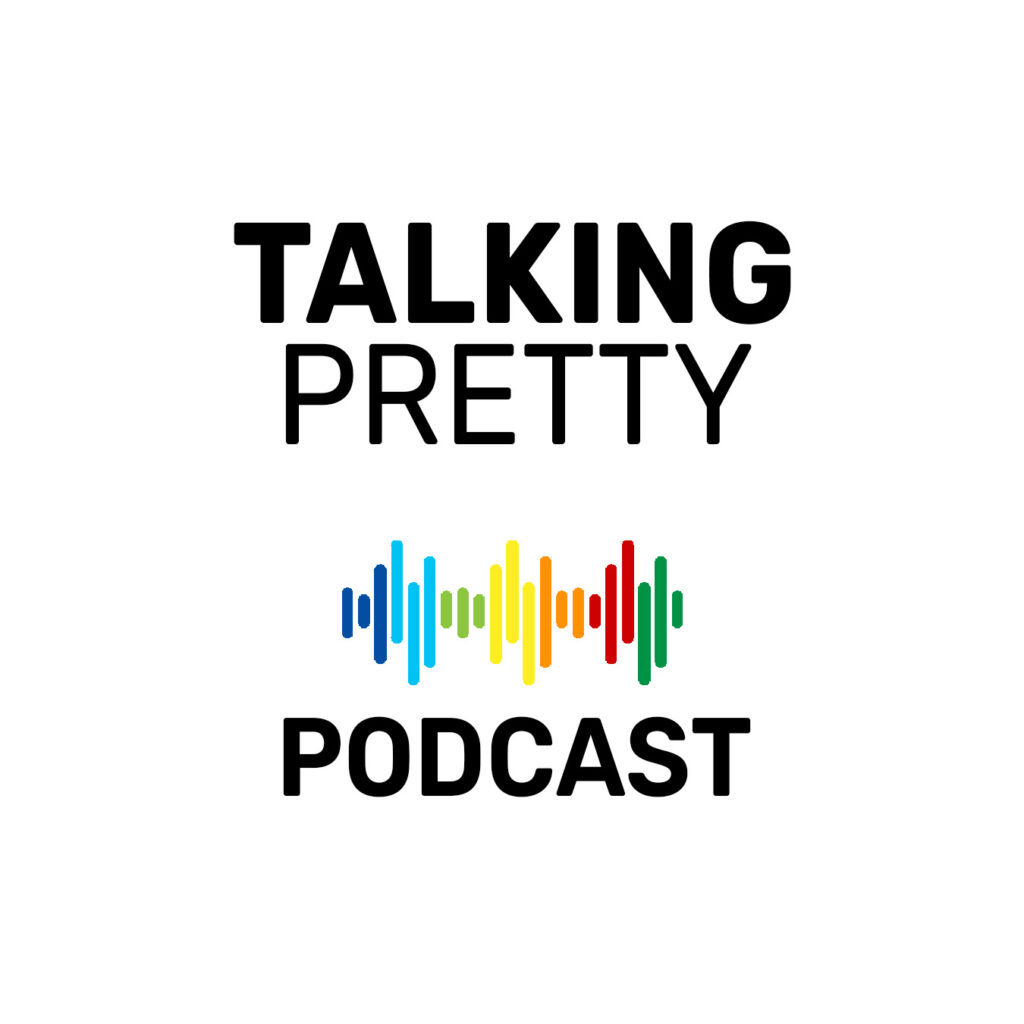At 20, my mother chopped off her gorgeous curls. In anger! ‘I spent most of my teens wishing I had straight silky hair, just like my best friend’s,’ she’d tell me, a straight-haired child, every time I wondered why I couldn’t have inherited her curls. Through my teens and early 20s, I watched straight-haired women get perms and curly-haired women get their hair straightened and rebounded, and treated with keratin. People, especially women, who love their hair as it is, are hard to come by. And our hair is only one of the most obvious manifestations of our body issues.
Contrary to popular perception, our battles with our bodies begin long before puberty. According to a report released by the Professional Association for Childcare and Early Years (PACEY), a UK-based organization, 47% of childcare professionals have witnessed anxiety in children as young as 6-10 years old, with regard to their bodies and how they look. That’s not all. As many as 24% childcare professionals have found the same in kids as young as 3! Reports also reveal this is more common in girls than in boys, though dysmorphia and eating disorders may not be gendered in nature.
Where is this coming from?
The most popular idea is that poor body image is a fallout of what is represented in the media and how we engage with it. And while that may be true, it is only part of the story. Most kids—and adults—who have trouble reconciling what they see in the media with their own bodies, have grown up listening to negative self-talk from their parents. The way we look at ourselves in the mirror, how we speak of our own bodies, and also, how we describe ourselves, others and even our children, all play in. Of course, playground bullying and teasing is also a factor to be considered. Research has also revealed that kids as young as 3 use words like ‘fat’ and ‘ugly’ to describe themselves—and others.
How can parents encourage healthier body image
It’s all really just talk, till it isn’t. Understand that words have meaning. Avoid negative self-talk, describing yourself or others as ‘fat’, ‘ugly’, or using derogatory body descriptors to refer to someone. When you compliment your child, focus on qualities and emotions rather than looks. So, ‘you look so happy in this dress’, rather than ‘you look so pretty’. When our conversations revolve around habits, ideas and feelings, instead of looks, kids grow up with healthier self-esteem and body image. Accepting their bodies is also key to bodily autonomy, which plays a significant role in keeping children safe from abuse.
It is also important to help your child build the vocabulary to talk about their body, feelings and experiences. And as we know, the best way to do that is with books and stories that reflect the same. And so, we put together a list of books to help children talk about their body in a positive manner and claim ownership of it.
Giraffe Problems
By Jory John; Illustrated by Lane Smith
A humorous take on body differences through the lens of a giraffe and a turtle, who come together to help each other, delight in each other’s strength, thereby accepting themselves.
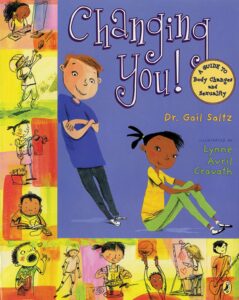
Changing You!
By Dr. Gail Saltz; Illustrated by Lynne Cravath
A guide to bodily changes and sexuality, Changing You! helps youngsters navigate puberty, while answering some of their most pertinent questions.
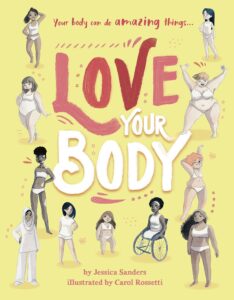
Love Your Body
By Jessica Sanders; Illustrated by Carol Rosetti
Illustrated by body positivity activist Carol Rosetti, this celebration of our bodies, what they do for us, and their many shapes and forms–in nature and within society– also comes with a lovely guide to cope with negative feelings about ourselves and our bodies.
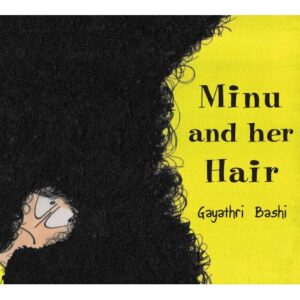
Minu and her Hair
By Gayathri Bashi
The delightful story of curly-haired Minu (incidentally, also my mother’s namesake, albeit with a different spelling, besides having a similar story), who hates her hair, till her grandfather introduces her to the many wonders that lay hidden in hair such as hers.
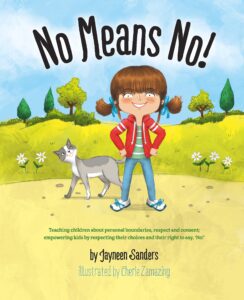
No Means No
By Jayneen Sanders; Illustrated by Amanda Gulliver
Sanders uses her trademark style with simple language and Gulliver’s precise illustrations to create various scenarios that may be bodily uncomfortable for kids and how kids can navigate the same.

Giraffes Can’t Dance
By Giles Andreae; Illustrated by Guy Parker-Rees
Gerald is a bit of an outcast because, unlike the other animals in the jungle, he can’t dance. Until, that is, he finds his own music! This lovely book illustrates individual differences and how we need to step away from the rat race, to find our identity.
